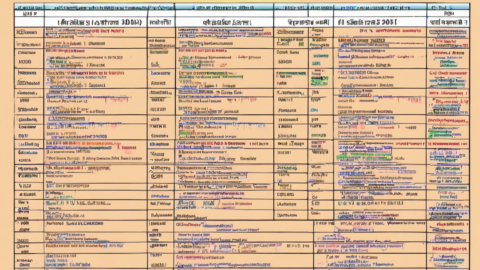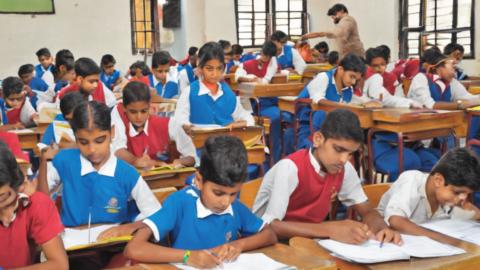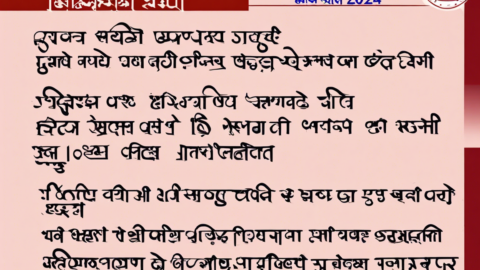On a cold winter night in the heart of Delhi, a daring heist took place that shook the city to its core. The Great Delhi Jewellery Robbery, as it came to be known, was a meticulously planned operation that saw the disappearance of priceless gems and gold from one of the most secure vaults in the country. With no witnesses and very few clues, the police were left baffled as they tried to unravel the mystery behind this audacious crime.
The Target:
The target of the robbery was none other than the renowned Chandni Chowk Jewellers, a century-old establishment known for its exquisite collection of jewellery fit for royalty. The vault, rumored to be impenetrable, housed the most precious gems and gold in the city, making it a tempting target for any would-be thief.
The Planning:
The heist was not a spur-of-the-moment decision but rather a carefully orchestrated plan that had been in the making for months. The robbers had studied the layout of the vault, learned the schedules of the security guards, and even infiltrated the inner circle of the jewellers to gather insider information. Their attention to detail and precision planning ensured that they would have the best chance of success on the night of the robbery.
The Execution:
On the fateful night, as the city slept, the robbers sprang into action. With precision and skill, they disabled the security systems, bypassed the guards, and made their way into the vault undetected. In a matter of hours, they had emptied the vault of its most precious contents and vanished into the night, leaving no trace behind.
The Aftermath:
The discovery of the robbery the next morning sent shockwaves through the city. The jewellers were devastated at the loss of their prized possessions, and the authorities were under immense pressure to solve the case and apprehend the culprits. The sheer audacity of the crime and the lack of leads made it one of the most challenging cases the police had ever faced.
The Investigation:
As the days turned into weeks, the police left no stone unturned in their quest to solve the mystery of the Great Delhi Jewellery Robbery. They combed through CCTV footage, interviewed witnesses, and followed up on every lead, but to no avail. The robbers seemed to have vanished into thin air, leaving behind a trail of confusion and frustration.
The Recovery:
Months passed, and hope of recovering the stolen treasure began to fade. However, just when it seemed like all was lost, a breakthrough came. Acting on a tip from an anonymous source, the police were able to track down the whereabouts of the robbers and recover a portion of the stolen goods. While not everything was recovered, the recovery of some of the precious gems and gold brought a sense of closure to the case.
The Lessons Learned:
The Great Delhi Jewellery Robbery served as a wake-up call for both the jewellers and the authorities. It highlighted the need for enhanced security measures, stricter background checks on employees, and better coordination between law enforcement agencies. The incident also underscored the importance of remaining vigilant and not underestimating the determination and resourcefulness of criminals.
In conclusion, the Great Delhi Jewellery Robbery will go down in history as one of the most daring heists to have ever taken place in the city. While the stolen treasure may have been partially recovered, the scars left by the incident will serve as a constant reminder of the need for unwavering vigilance and security in an ever-evolving world.
Frequently Asked Questions (FAQs)
1. What were the most valuable items stolen during the Great Delhi Jewellery Robbery?
The stolen items included rare diamonds, gold necklaces, and other precious gems with an estimated value of millions of dollars.
2. How did the robbers manage to bypass the security systems at the vault?
The robbers had inside knowledge of the security protocols and likely used sophisticated tools and techniques to disable the systems without raising suspicion.
3. Were there any arrests made in connection with the robbery?
Yes, several individuals were apprehended and charged in connection with the robbery, though some of the main culprits managed to evade capture.
4. How did the police eventually track down the robbers?
A breakthrough came when an anonymous tip led the authorities to the whereabouts of the robbers, helping in the partial recovery of the stolen goods.
5. What measures have been put in place to prevent similar robberies in the future?
Enhanced security protocols, stricter background checks, and improved coordination between law enforcement agencies have been implemented to prevent future incidents of this nature.
6. Has the Great Delhi Jewellery Robbery inspired any security innovations in the jewellery industry?
Yes, the incident has prompted jewellers to invest in more advanced security systems, such as biometric access controls and 24/7 surveillance, to safeguard their valuable assets.
7. Were there any insurance claims filed for the stolen goods?
Yes, the jewellers had insurance coverage for their inventory, and claims were filed to recoup some of the losses incurred due to the robbery.
8. How did the community react to the news of the robbery?
The local community expressed shock and disbelief at the audacity of the crime, with many calling for stricter security measures and stronger law enforcement presence in the area.
9. Was there any connection between the robbers and organized crime syndicates?
While no concrete evidence was found linking the robbers to organized crime syndicates, speculation remains about possible ties to larger criminal networks.
10. What impact did the Great Delhi Jewellery Robbery have on the reputation of the Chandni Chowk Jewellers?
The robbery tarnished the reputation of the jewellers temporarily, but their resilience and cooperation with the authorities in the aftermath helped restore public trust over time.








